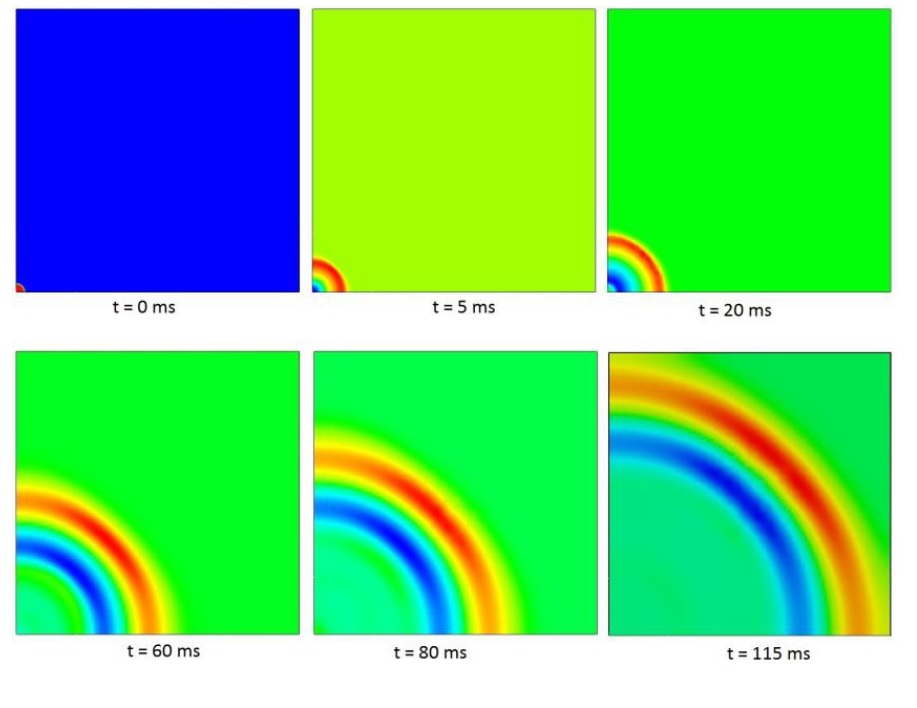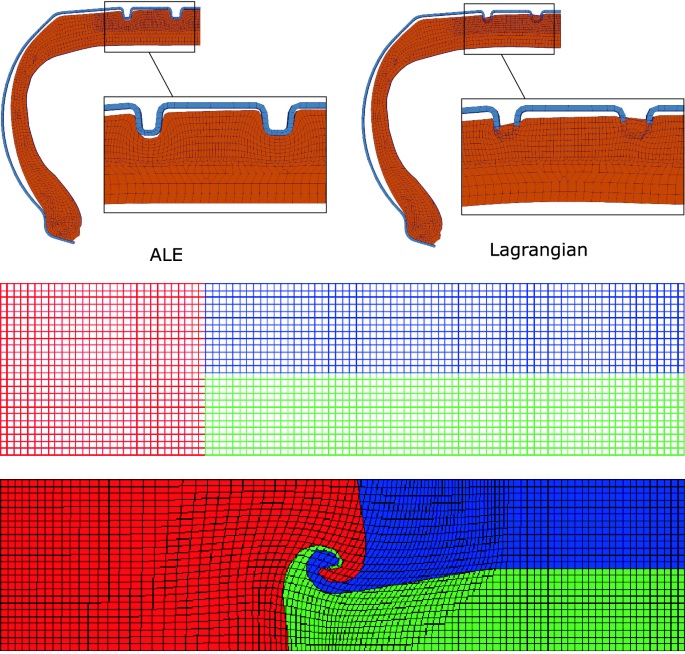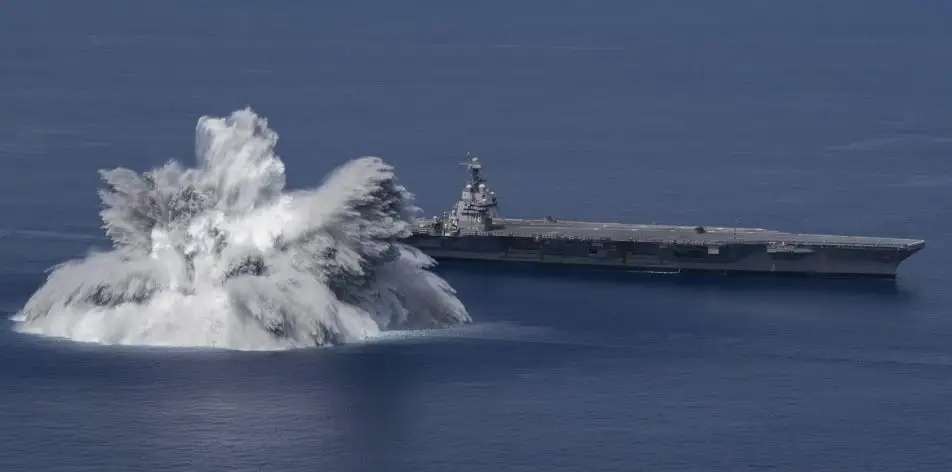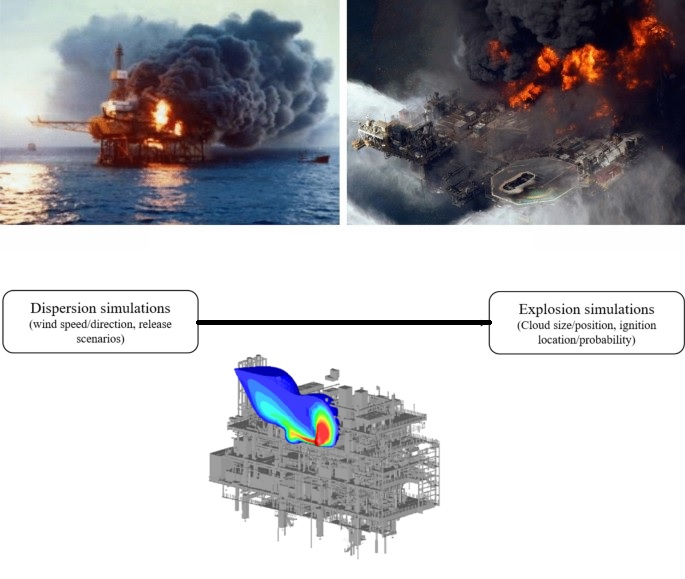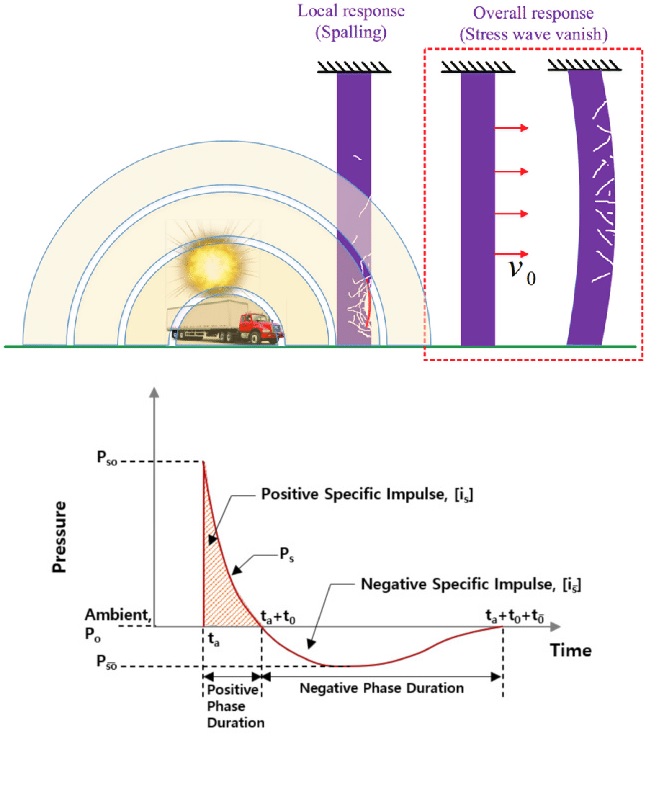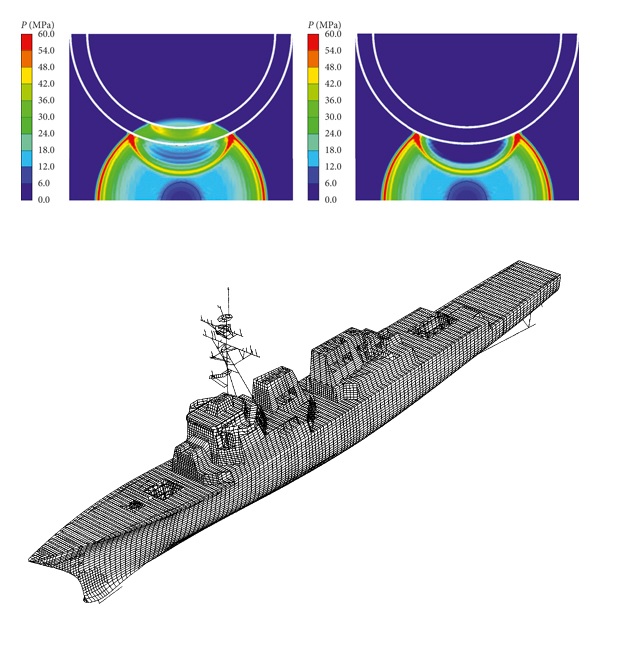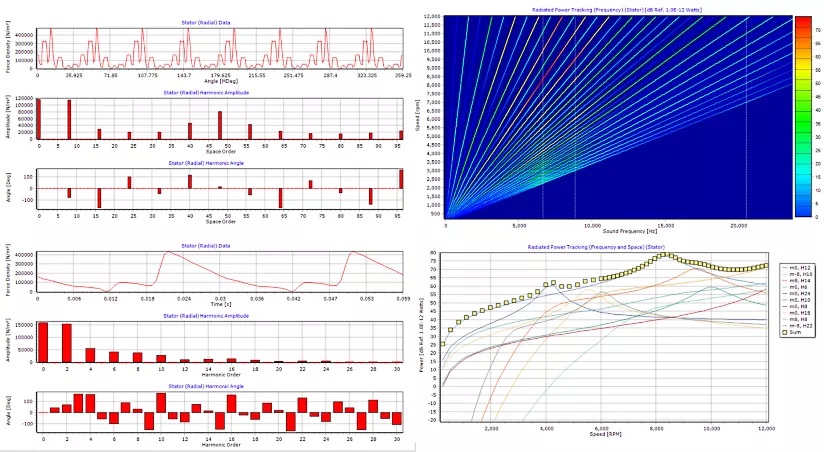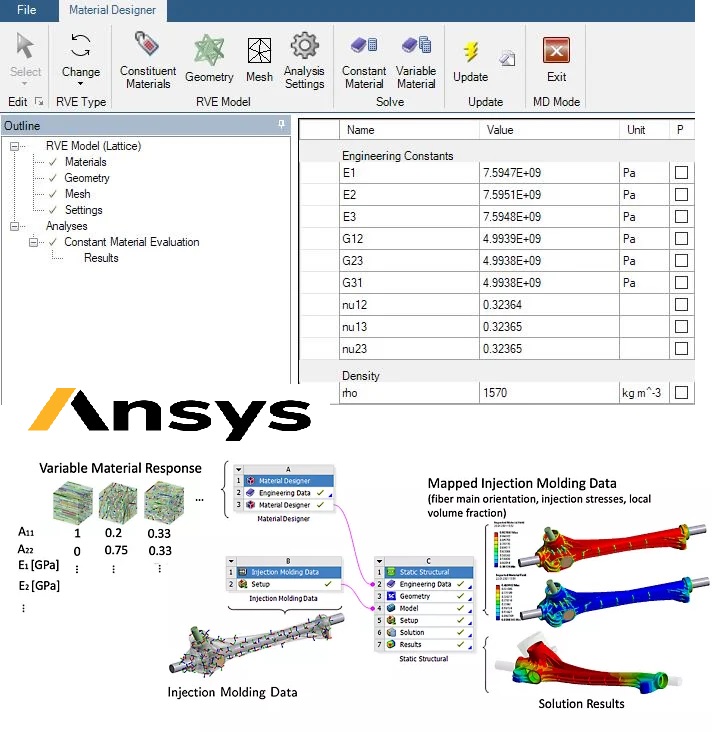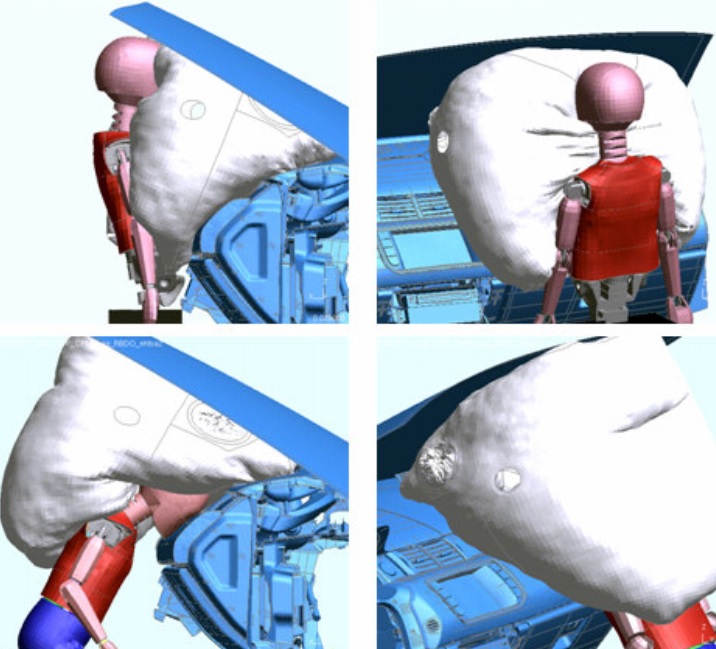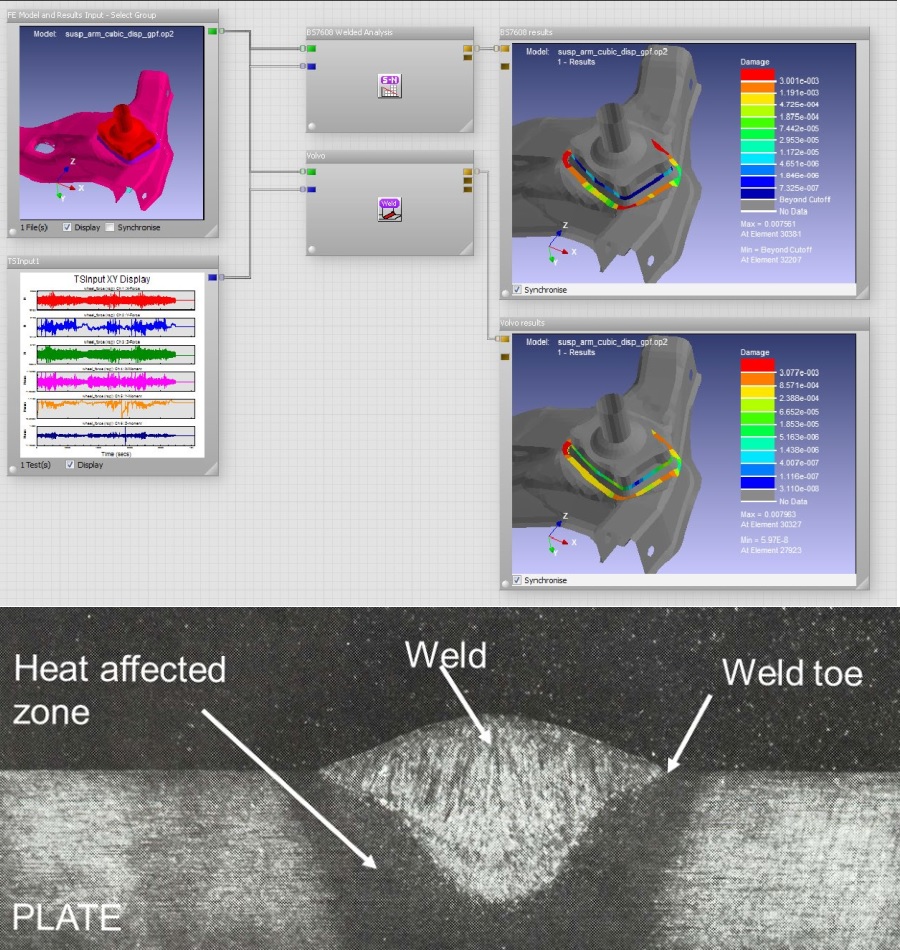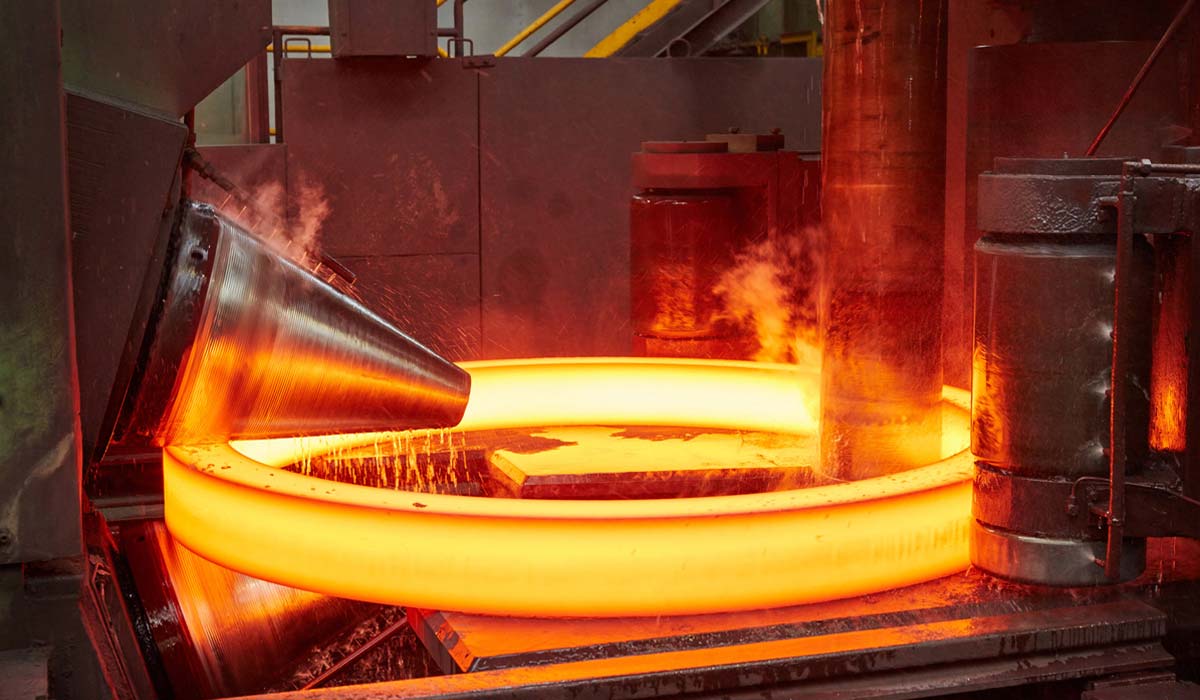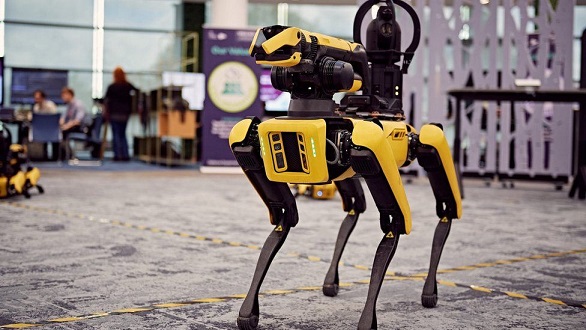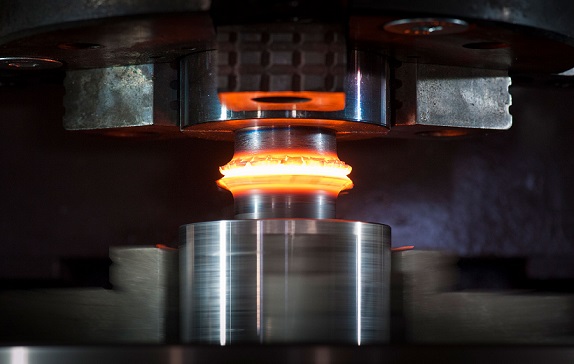The Arbitrary Lagrangian-Eulerian (ALE) method is a numerical technique that combines the advantages of both the Lagrangian and Eulerian methods to solve problems involving fluid-structure interactions, such as blast and explosion simulations. The ALE method is particularly useful for modeling the interaction between the fluid and the structure during a blast or explosion event.
In ALE, the computational domain is discretized into a mesh, which can be either structured or unstructured. The Lagrangian method is used to describe the motion of the structure, while the Eulerian method is used to describe the motion of the fluid. The mesh is allowed to move and deform with the structure, which enables the method to accurately capture the deformation and movement of the structure during the blast event.
The ALE method is well-suited for modeling blast and explosion events because it can accurately capture the propagation of the blast wave and its interaction with the structure. Additionally, the method can be used to model the behavior of different materials, such as concrete, steel, and composite materials.
One of the challenges of using the ALE method for blast and explosion simulations is the computational cost. The method requires a large number of computational cells, which can be computationally expensive, especially for large-scale simulations. However, recent advancements in computational hardware and software have made it possible to use the ALE method for more complex and larger scale simulations.
